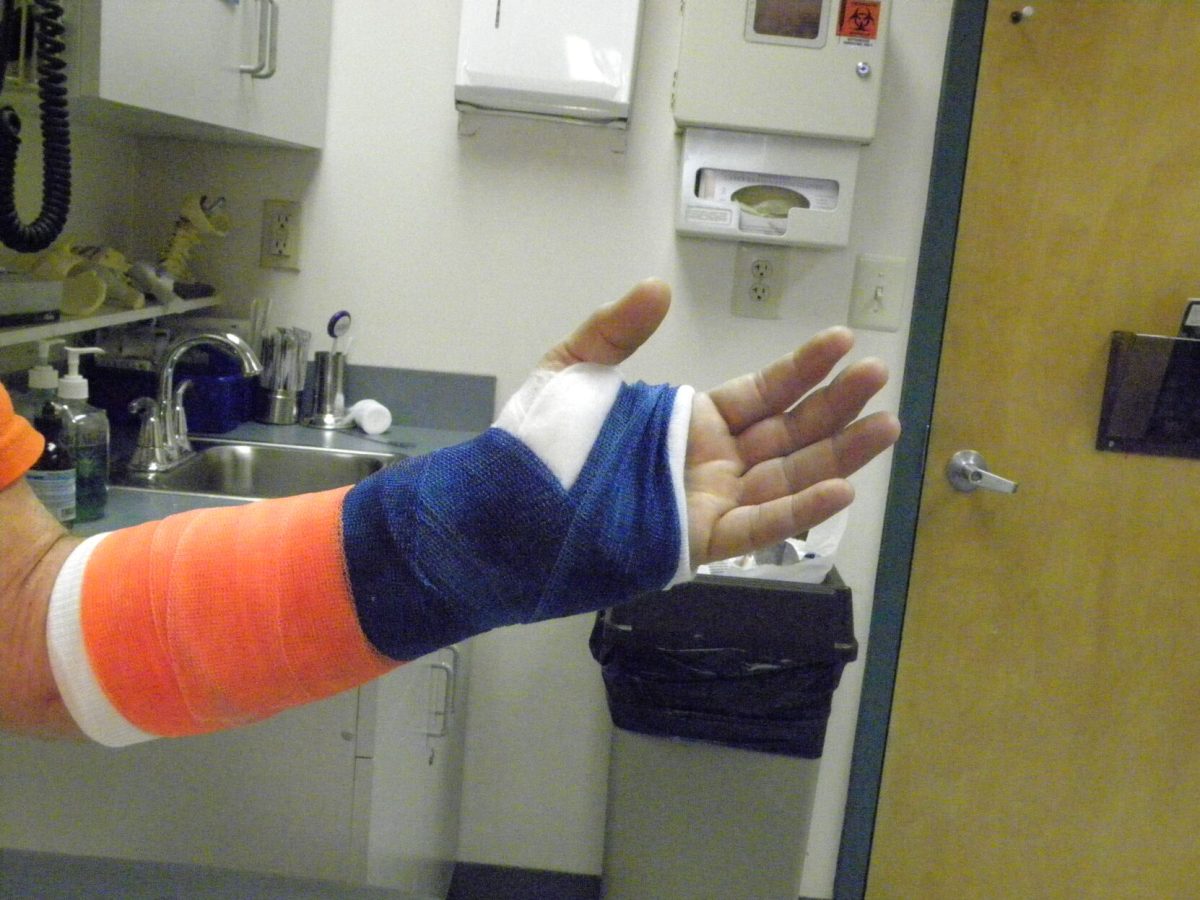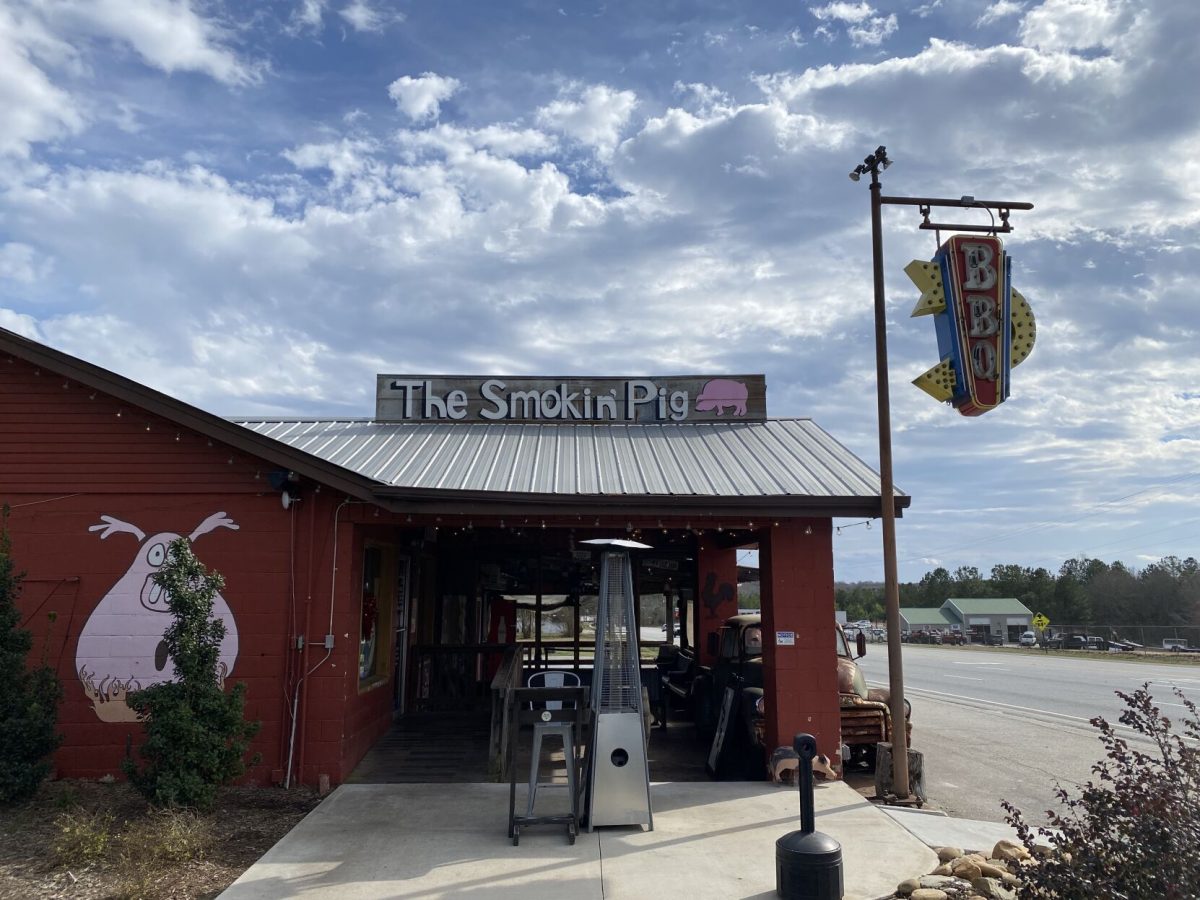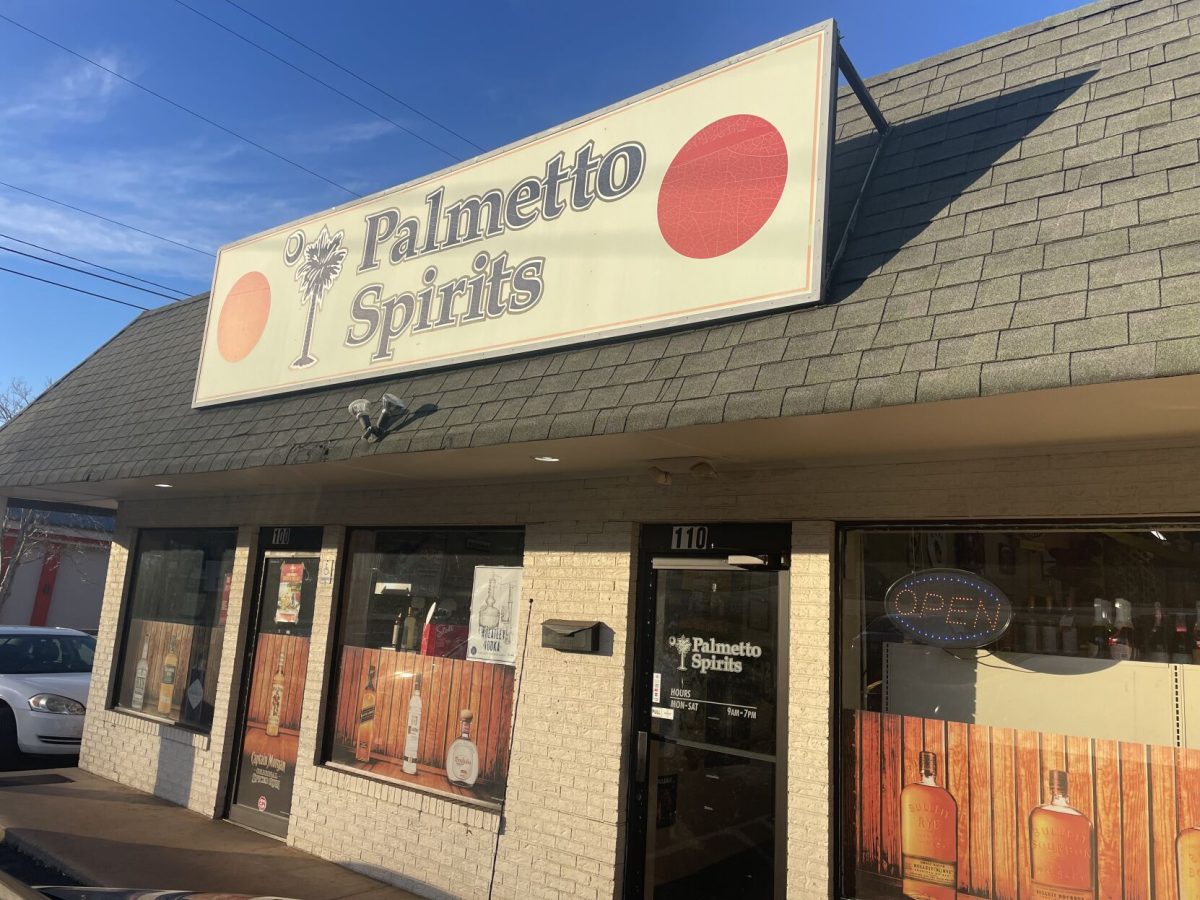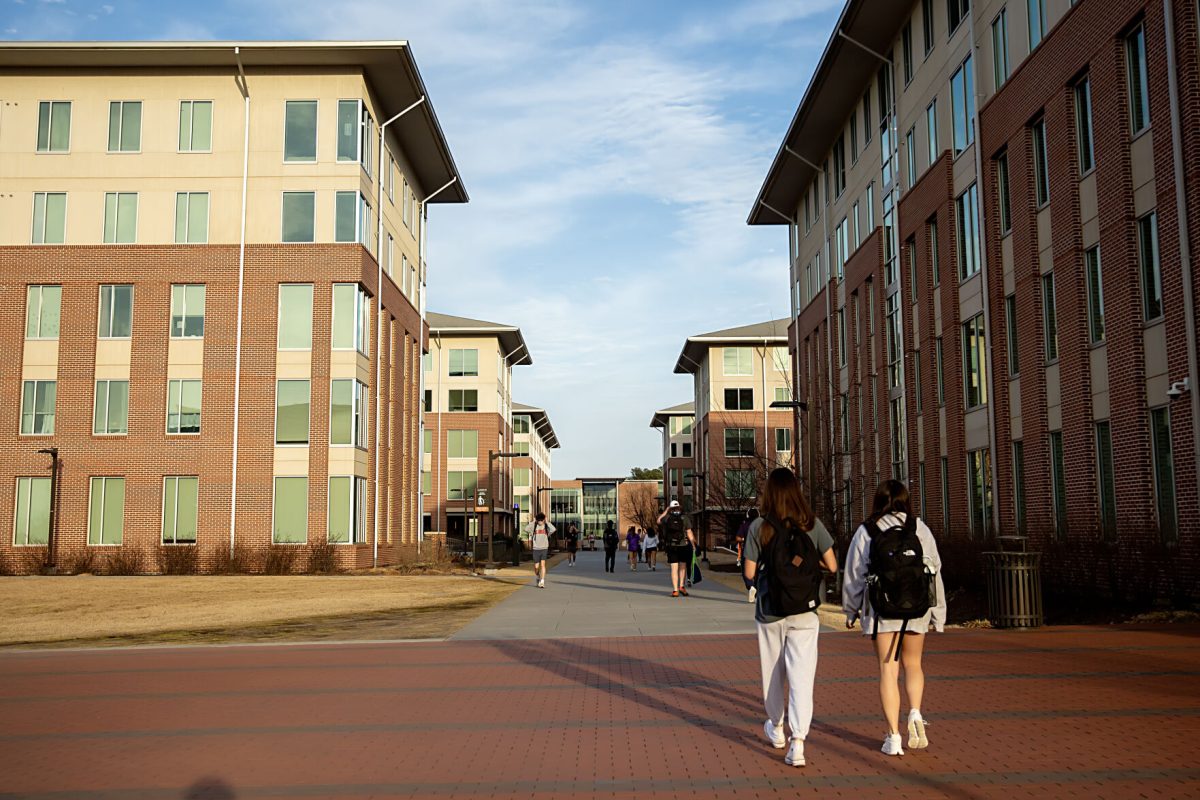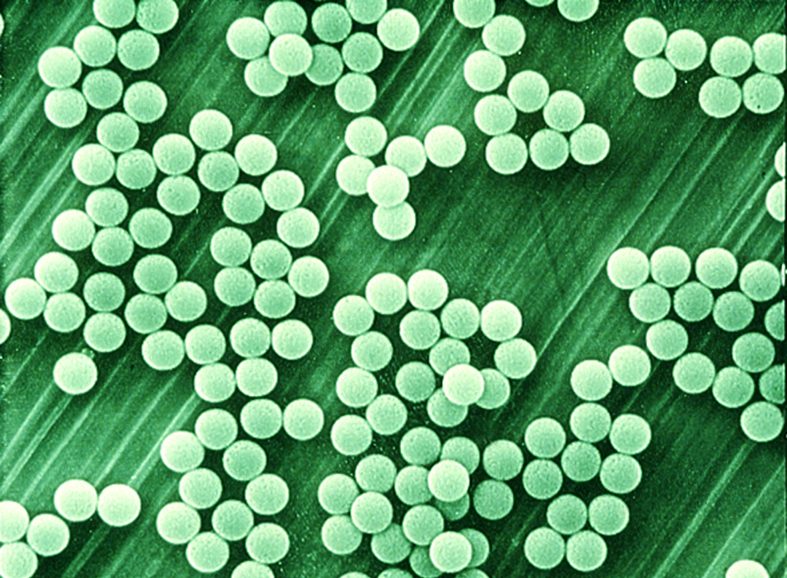As the lunch bell signals your middle school class to the cafeteria, your peer is swarmed by students to look at their freshly applied cast. By the end of the lunch period, the once-solid, colored wrap is now scribbled upon by dozens of classmates. The initial excitement subsides and the wearer of the cast is left with months of recovery as their body slowly heals the fracture. What if there was a way to reducing the overall recovery period? A January 2021paper published in Stem Cell Research and Therapy unveils that muscle-derived multipotent progenitor cells, which are found at the site of low-energy traumas, common injuries that occur in civilian settings, may hold the ability to accelerate innate healing.
As defined in Stem Cell Research and Therapy, Mesenchymal Progenitor Cells (MPCs) can “differentiate into multiple mesenchymal lineages,” which are cells commonly identified in bone marrow, fat tissue, and umbilical cord blood. According to the study, high-energy traumas are commonly associated with war-related blast injuries, and are defined as “high-energy transmitted to the soft tissues from a blast injury [that] is absorbed as thermal, mechanical, and chemical stress…” On the other hand, low-energy traumas are defined as “non-wartime blunt traumas,” which lead to bone fractures, mostly in pediatric and elderly populations.
With approval from The Walter Reed National Military Medical Center, the researchers collected and analyzed multiple muscle tissue samples near fractures, caused by low-energy injuries in arm bones known as the radius and humerus. Stem cells isolated from these injury sites possessed proteins on their surfaces called CD73, CD90, and CD105, identifying them as MPCs. These cells had also turned on MPC-specific genes known as OCT4 and NANOG-1, providing further support that these cells were MPCs. While MPCs were previously shown to assist in the healing of high-energy injuries, this study was the first to show that MPCs may also play a role in the repair of low-energy injuries.
As we increase our fundamental understanding of how the human body ages and repairs itself, advancements in stem cell therapeutics are likely to evolve. We may even learn to hack the regenerative potentials of our body, regardless of injury type or age of the tissue. This novel study, which identified MPCs at low-energy traumas, expands our current comprehension of regenerative mechanisms, which may eventually translate into treatments that reduce the overall recovery period.



